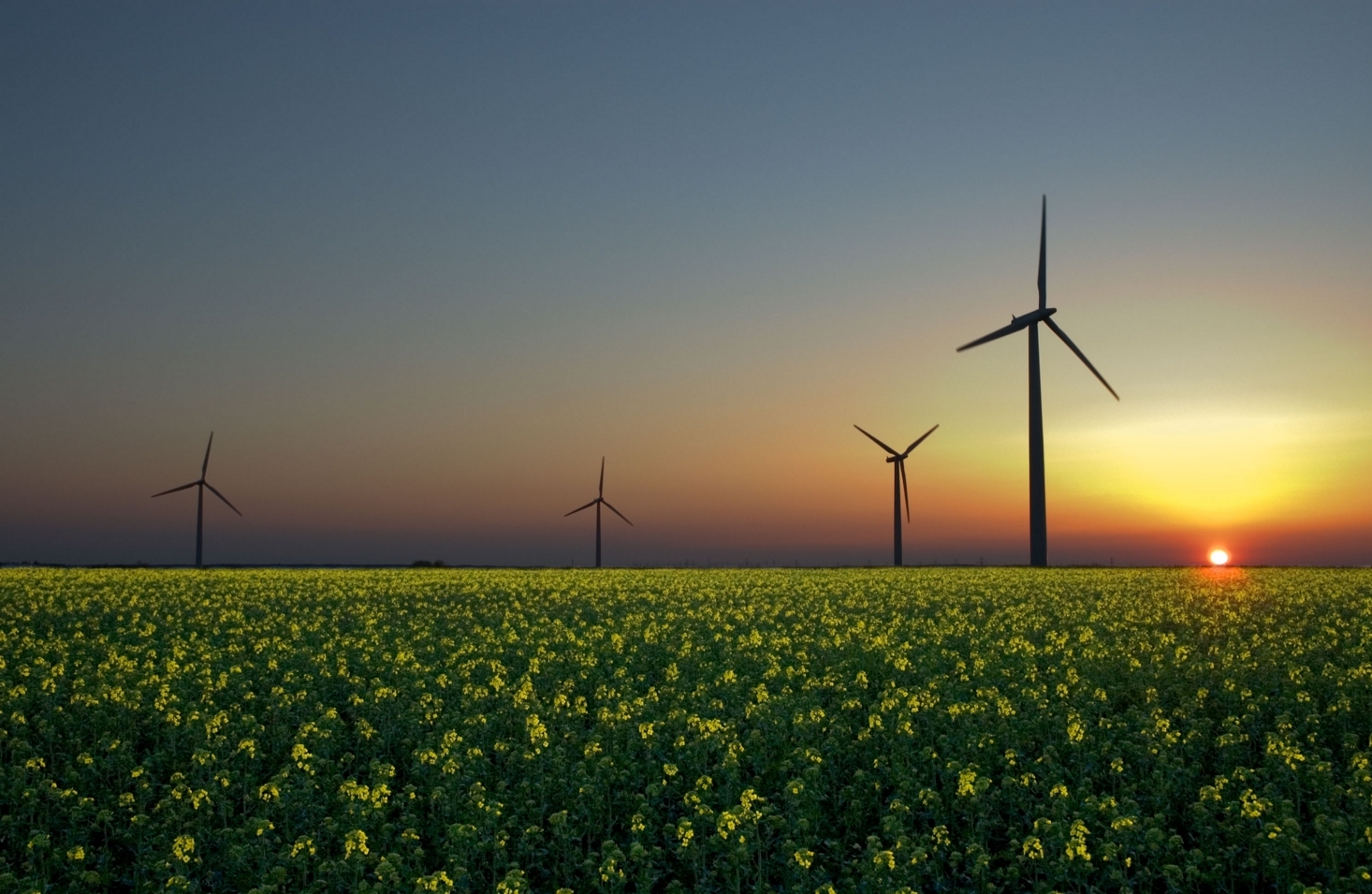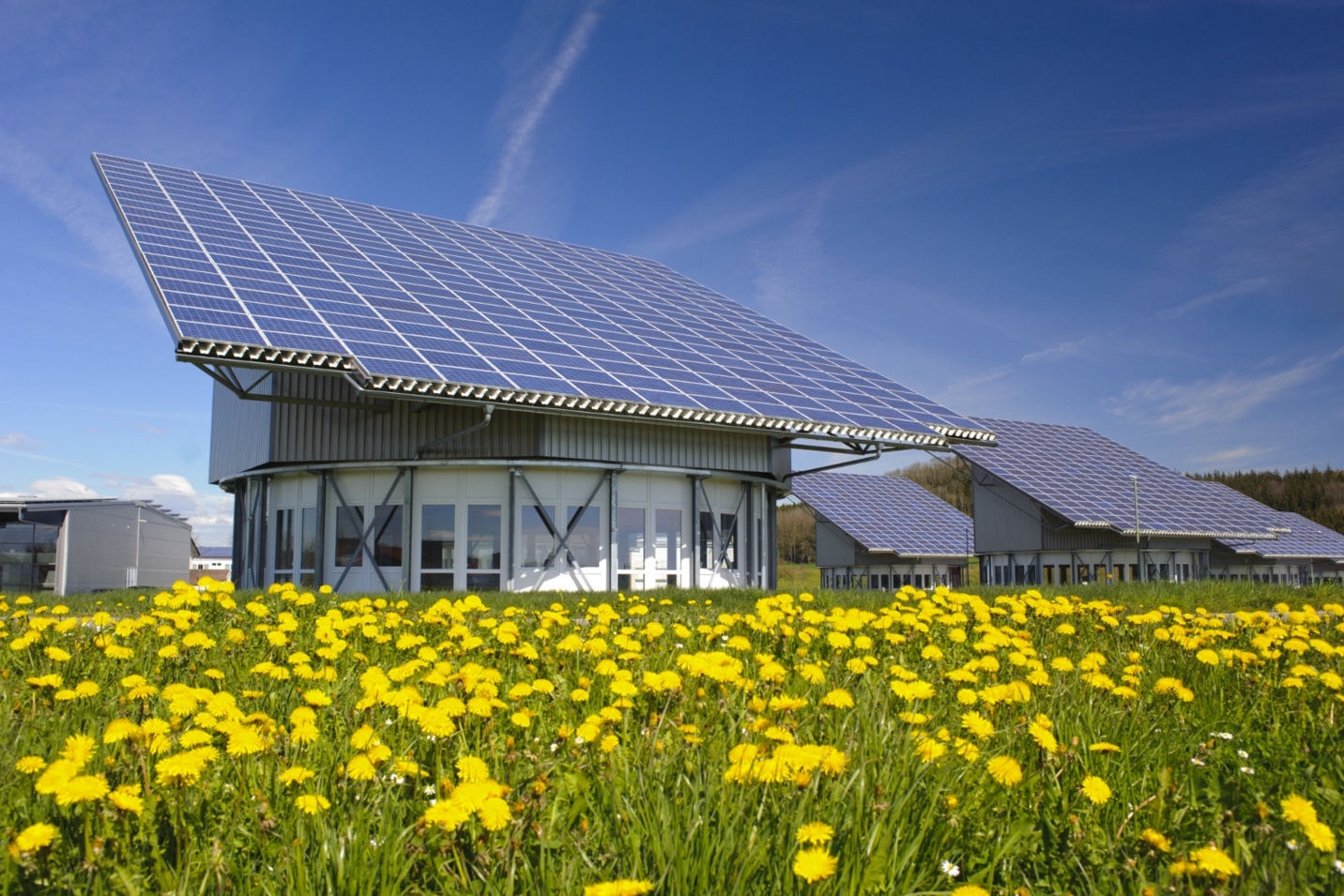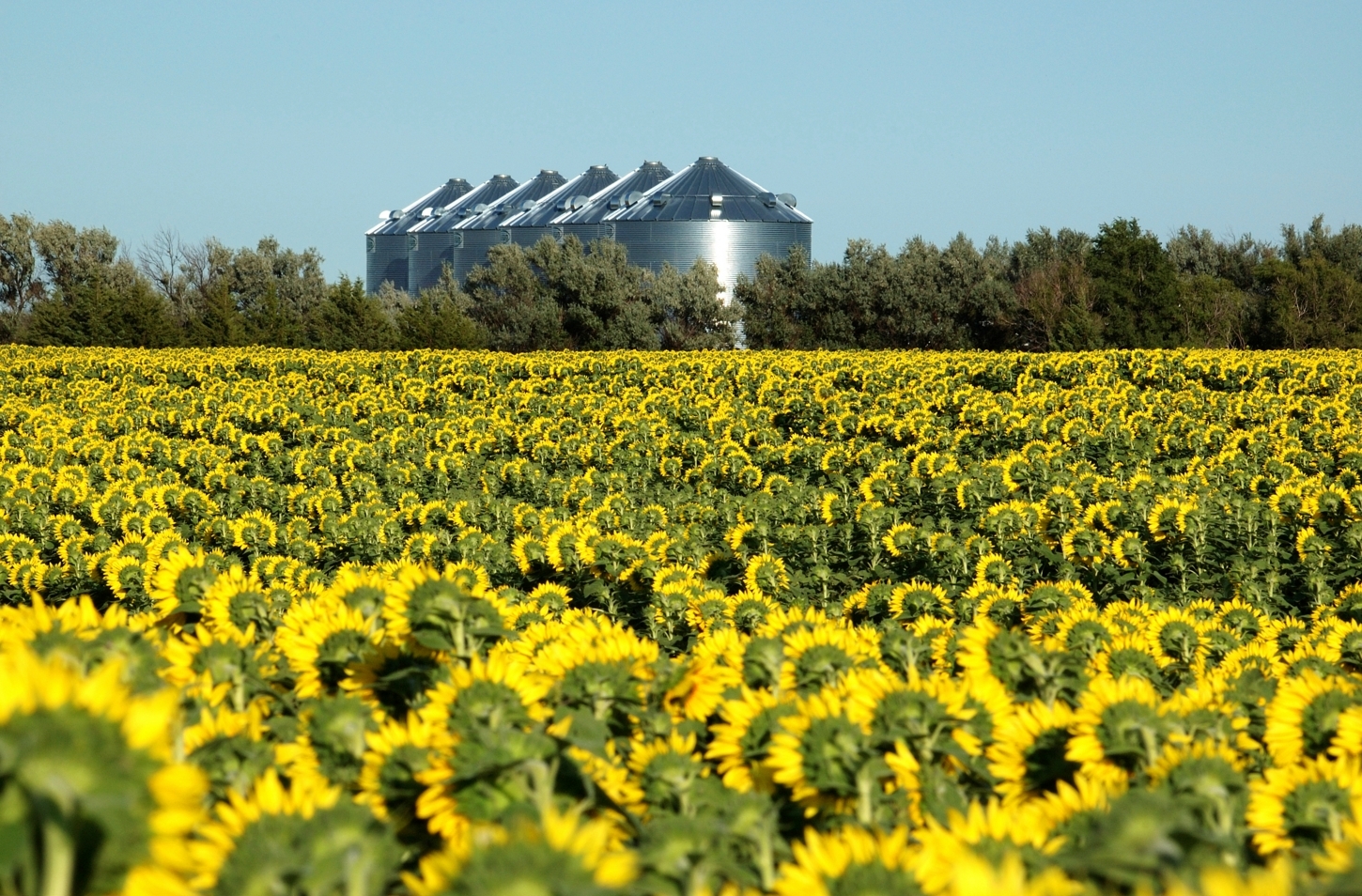The situation on the energy market faces drastic changes. These changes are considered to be one of the greatest ones in the world since the times of the industrial revolution. In their concerns about climatic changes and fossil fuel reduction, the population of the Earth has found a new source of energy. These sources of energy are called renewables and pioneering in this transition became the EU. Below one can find some information about two main legislative sources in the EU and the way they intertwine.
The worldwide community needs a range of legislative changes to be provided with the freedom of the usage of renewables. The global law reformation on the national level is required in order to intensify renewable energy sources utilization like sun, wind, water, geothermals and biomass energy instead of fossil fuels and atomic power. By way of example, Germany is a country which decided to provide its stable energetic future long time ago, namely at the beginning of the 21st century. Setting such course the state issued a range of laws which are called Renewable Energy Sources Act. This act became the starting point for the introduction of energetic changes and nowadays every citizen of Germany may become energy producer. The operators of the energy system are obliged to receive this independently produced energy and make due payments for it.
After a couple of years of the Act’s implementation, an independent, successful and coherent-working renewable energy sector was created. State of things in this industry is represented by the views of a few large business entrepreneurs, the field knowledge of the numerous small and medium enterprises and the enthusiasts who deal with solar energy as well as the ideas of numerous environmental and agenda groups.

Moreover, the Germany received an outstanding economic outcome due to the Acts' implementation. Yet, in 2006 12% of the total German energy consumption was supplied from renewable sources of energy and thus, over 100 mln of CO2 emissions were avoided. The amount of people working in the sector is very significant, too. Over 230 thousand people work there and the overall turnover of the industry is 23 billion euros for today. Due to the German Renewable Energy Sources Act, the wholesale prices for electricity were reduced by 5 billion euros and moreover, it also reduces the subsequent costs for the climate problems by 3.4 billion euros. The latter arise from the usage of fossil fuels and fossil sources of energy. Furthermore, the Germany will become less dependent on the supplies of energy import.
The goals of the Act have been already achieved in 2007. The German power industry has 12.5% part of energy supplies from renewable sources of energy. The planned amount of renewable energy in energy sector for 2020 is going to be 27% of the overall industry, which will be the key contribution to the European energy targets for 2020.
The greed feed-in law became the basis for the forthcoming Act in 2000. The greed feed-in law came into force in 1991 and became the basis for the future laws of this type around the world. In 2000 the law was changed by the German Renewable Energy Sources Act, which consists of 12 sections.
The general aim of the law is to provide support for the sustainable energy development and energy supply as well. The act was created for the purpose of environmental and climatic protection, reduction of the costs for the supply of energy in the national economy of the country, preserving the stores of fossil fuels and promoting further development of the renewable energy sector. It should also be mentioned that this act deals exclusively with generation of electricity from renewable energy sources. The law which deals with heat issues is called The Renewable Energies Heat Act.
The German Renewable Energy Sources Act became the main incentive for the expansion of the renewable energy sources, especially for the energy generated from the wind power.
The main provision of the German Renewable Energy Sources Act is as follows. Feed-in tariffs are obligations for payment by the grid operators, who should make differentiated market independent and regular payments for power which is produced for their grid. The main aim of the German Renewable Energy Sources Act is to boost the market of technologies for the production of energy from the renewable sources of power. These are geothermal and hydropower, solar batteries which produce energy from solar radiation, gas from mines, power produced from wind and biomass. Moreover, grid operators should give priority to the energy produced from renewable sources, and the transactions are conducted with the fixed payment tariffs. The implementation of the German Renewable Energy Sources Act has the following positive consequences. A plethora of people found jobs in the branch of renewable energy sources and now more than 230 qualified workers work there. According to the estimates of the market analysts, the amount of investments in equipment which deals with the generation of electricity can face increase from 9 billion euros to the forecasted 20 billion euros in 2020. From the economic point of view the usage of electricity from renewable energy sources is very rentable. The German Renewable Energy Sources Act promotes greenhouse gas emissions reduction and thus, 45 million tons of greenhouse gas was saved. The act increases greenhouse effect reduction, prevents climatic drastic changes and is ecologically friendly. The sum total of the costs which were saved due to renewables usage is 3.4 billion euros. The share of renewable energy in the energy sector of Germany is planned to constitute 45% of the overall amount of produced energy.
The German Renewable Energy Sources Act is the clue to the future of renewable energies and it obviously provides positive changes in the economic and social sphere. German successfully exports its technologies, and this legislation has also been instrumental in this regard. By way of example, The German Renewable Energy Sources Act has become an international and generally-accepted pattern. It also gave a spur to the promotion of renewable electricity manufacturing. In 2005 49 states all over the world made renewable energy sources their main priority. For 32 of them feed-in legislation serves as a way of promotion and advertising.
Feed-in tariffs principle has been implemented in 18 member states of the EU. The tariffs usually depend on the generation type as well as the size of a plant or factory; sometimes price and the development of new technologies can be taken into account.
The system of feed-in which works on the basis of The German Renewable Energy Sources Act is becoming more and more popular worldwide – it is now used even in such countries as India and China. China even plans to expand the expansion of renewable energies by 2020 – it is to increase up to 16 per cent.
Things are different with the system of quota model. It is now used only in a small number of countries. The manufacturers of renewable sources electricity have to cooperate and agree with the grid operators in order to make them buy their product. The state produces its own demand and there is a special quota for renewable electricity, which is fixed for the whole market. If the person who provides electricity has less renewable electricity than required, than he or she must compensate for it, that is, acquire certain certificates.

The quota model is now proved to have quite a few drawbacks - it was shown by the practical experience of such countries as Great Britain and Italy. The drawbacks are as follows. First of all, there is no safety guarantee - as both electricity and the prices for certificates tend to fluctuate and change constantly. Secondly, undetermined costing basis makes quotas quite expensive – it means that renewable energy can be difficult to afford. Thirdly, competitiveness is practically absent - the reason for that is that there are only a limited number of the producers of the technology and plant operators. Besides, people who supply wind-generated electricity profit and lead the way on the certificate market, and renewable energy electricity cannot actually be marketed as it is quite difficult and costly to produce. Fixed quotas also create certain restrictions for the dynamic of capacities because in case the quotas were exceeded, the prices for certificates would go down.
In contrast to the quotas, the principles and influence of The German Renewable Energy Sources Act are quite understandable. The legislation makes rates of expansion higher as compared to the quota model ones. At the moment the German Renewable Energy Sources Act is highly respectable and enjoys sustainability.
The Renewable Energy Directive implements the common policy of the production and promotion of energy which is made with the help of renewable sources of energy in the EU. It provides the opportunity for the overall economic growth in the EU and sets targets on the national level in the European states. Under the joint framework the Member States define the required overall amount of energy produced from the renewable sources of energy, give information about joint projects within member states and projects with third world countries.
The law was adopted because the EU wants to reach more coherent and rational control of the increased usage of energy from the renewable energy sources and improve energy savings rates. Moreover, the law is about using renewables which are supposed to bring an increase in rational energy usage. On the other hand, the authorities promote important measures which will help to struggle with climatic changes and greenhouse gas emissions.
The law supports the increased usage of renewables in the car fuel industry. The obligatory target set in this law is that 10 % of land transport should operate on renewable sources of energy. Moreover, the EU created special roadmap which shows that the best appropriate amount of produced renewable energy will be 20% in 2020. The rate of the energy produced from the renewables should be taken from the overall share of energy.
The legislation is based on the Renewable energy directive of 2003, which is called 2003/30/EC. Twenty days after the law was issued in the Official Journal of the European Union, it entered into force. The new set of laws aims at the energetic dependence of 27 Member States and the way they will struggle with it as well as the way they will provide the sustainable reduction of their dependence on fossil fuels and atomic energy.
Moreover, the law became the incentive for working out particular renewable energy action plan for each country. Each EU Member State needs to increase the usage of the renewable sources of energy in a radical way. Even those countries which took as a basis the usage of fossil fuels as the main way of their domestic energy production are supposed to make further steps to increase the rates of power production from the renewable sources of energy. These steps are required in order to provide the energy security of each Member State and increase regional climatic improvements.
The increasing proportion of energy produced from the renewable sources of energy will not only provide the security for the energy sector and energy industry but will also create new opportunities and open new horizons for the fields of investments. Furthermore, new by-products and cutting-edge energy production technologies will be promoted along with the promotion of renewable sources of energy.

Each country should work to its best endeavors on the solution of the most serious global problem which poses a grave threat for the whole world. The problem of climate change and huge greenhouse gas emissions shall be solved by promoting and the implementation of legislative changes into the law base of each country. The increased amount of renewables usage will assist in solving this problem.
Thus, the national energy action plans are obligatory for each member state, though they depend on the specialties of each country. Particular EU member states have different resources which are available for energy sector of their country. The specialties of the market of a particular country should be also taken into account. That is why a particular member state has its own planned percentage of renewables in the overall energy industry.
The European Union has set several sustainability criteria for biofuels and bioliquids. Biofuels are the sort of substance which is used for transport moving and bioliquids are used for the production of heat and electricity. Only those biofuels and bioliquids which are brought in accordance with the EU set criteria may be supported by government and used as a fuel to fulfil the national renewable energy action plans. In order to define the criteria, the specialties of carbon saving and the capability of protecting the climate and biological diversity of the environment were taken into account in the first place.
There are following sustainability criteria defined by the EU for today. Biofuels must be capable of saving the amounts of greenhouse emissions of at least 35% as compared with the fossil fuel. In 2017 these requirements will face a significant rise to 50%. In 2018 the rate will experience 60% increase for the new plants which will be engaged in energy production. When calculating the amount of greenhouse gas emissions, all life cycle emissions should be taken note of. Biofuels cannot be grown on the territory with high carbon stock. Biofuels cannot be made of feedstock grown in areas with high biodiversity.
German Renewable Energy Sources Act faced amendments due to the law of Europe. Not long ago the European Commission approved the amendment and the law came into force on the 1st of August, 2014. Nonetheless, the commission made several limitations.
Until 31 December 2016 the European Commission approved the support of Germany of electricity produced from renewable sources of energy. Till then, the market should be determined by feed-in tariffs. Due to new tenders, the commission states that the new law should be adopted in this regard. The law is supposed to introduce the above mentioned tenders. Small equipment which produces energy in the amount below 100 kW will be paid for by feed-in tariffs for 10 years. They also initiated a new reduction of intensive energy users.
This material is protected by copyright.
Any copying and distributing without active hyperlink is strictly prohibited!